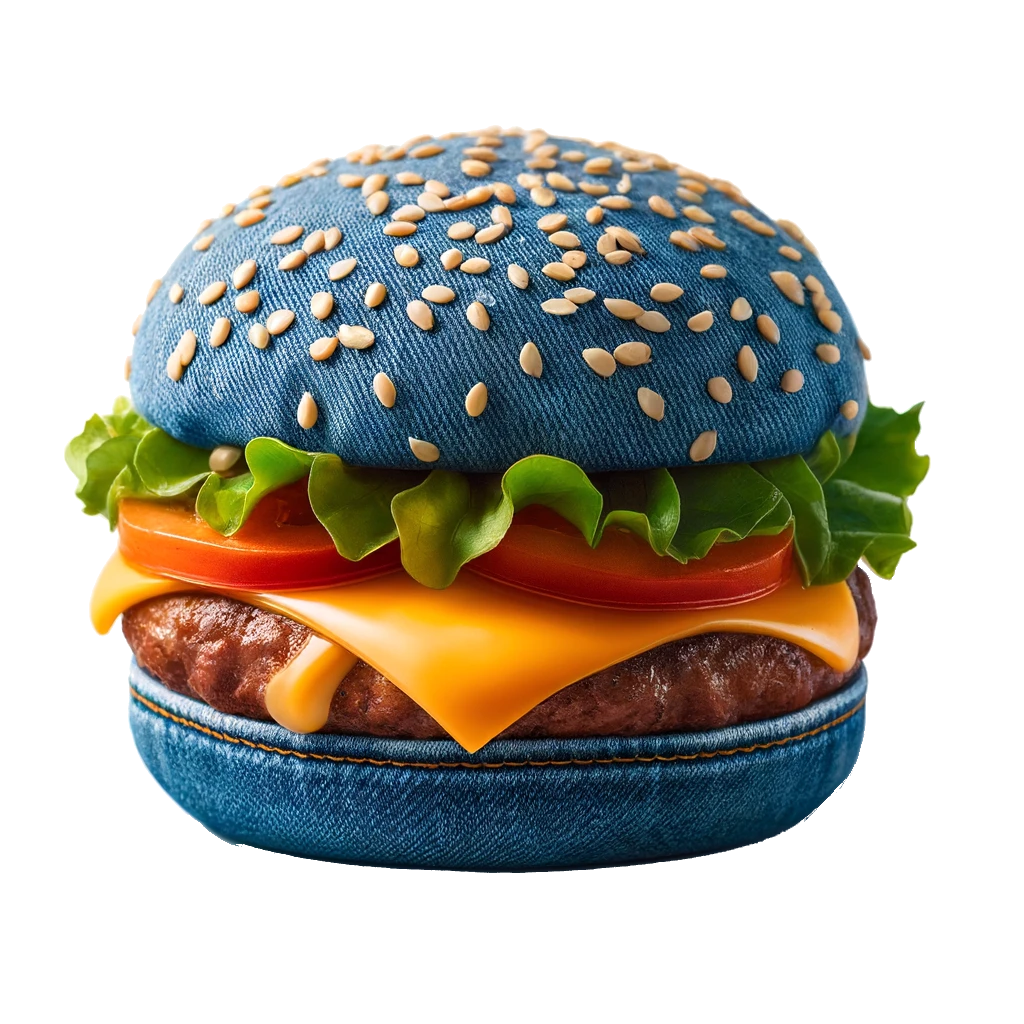I’ve been tuning to print at a 0.1mm layer height, the ironing turned out like this. The left side of the Z is a little textured and more shiny.
Why did this happen and how could I fix it?
It’s because your nozzle is ever so slightly too low when you’re printing. I’d adjust your Z offset by one click upwards.
Reprint the cube, and see if that resolved it. If not adjust upwards by another click.
If after a handful of times you can’t get a decent ironing pass, I’d take a look at your extrusion multiplier. Drop it down by 0.01 and recalibrate and retry doing the above ironing calibration sequence again.
one click upwards.
That’s a kilometer sir.
Try monotonic order on top player. I never tried it with ironing, but its worth a shot
That looks like the issue to me as well, good call.
There’s a video on this that might help you. https://youtu.be/wgXlyyJeY8I?feature=shared
deleted by creator
Ironing is a 3d printing term where the heated nozzle is used to smooth the final layer, it’s not about taking an actual iron to your print.
The print shown is a calibration cube, meant to show you the results of your print settings so you can adjust them to get better prints.
deleted by creator
Exactly, it’s not about fixing this print, but about figuring out what’s going wrong so you know how to make the next one better.
The section that is darker in the pic was last. As best as I can speculate, the final layer started on the upper right corner. The slight visual texture hints that this corner was slightly deformed, likely barely lifting, but not a real issue. As the monotonic passes cross the cube in the area that appears to have a matte finish, the end overlap where the pass doubles back on itself is telling a story. The first half of these passes towards the upper right side show no signs of bulldozing or build up. As the layer progressed towards the lower left, more and more materials built up on the end overlap. (Note: g-code used in most printers does not handle the zero point of doubling back on a pass very well. It is a compromise/estimated type of calculation that determines how material is extruded.) The build up on the edges increases as it progresses towards the lower left corner. If you look carefully, you can see where the nozzle dragged from this lower left corner to the section with a rough gloss.
I hypothesize that the strange divot looking spot in the lower left corner is from the nozzle making enough contact to either partially lift the print (more likely), or caused the X or Y to slip a step. Either way, this would explain such a different in texture and IMO it is supported by the evidence I can see and interpret.



